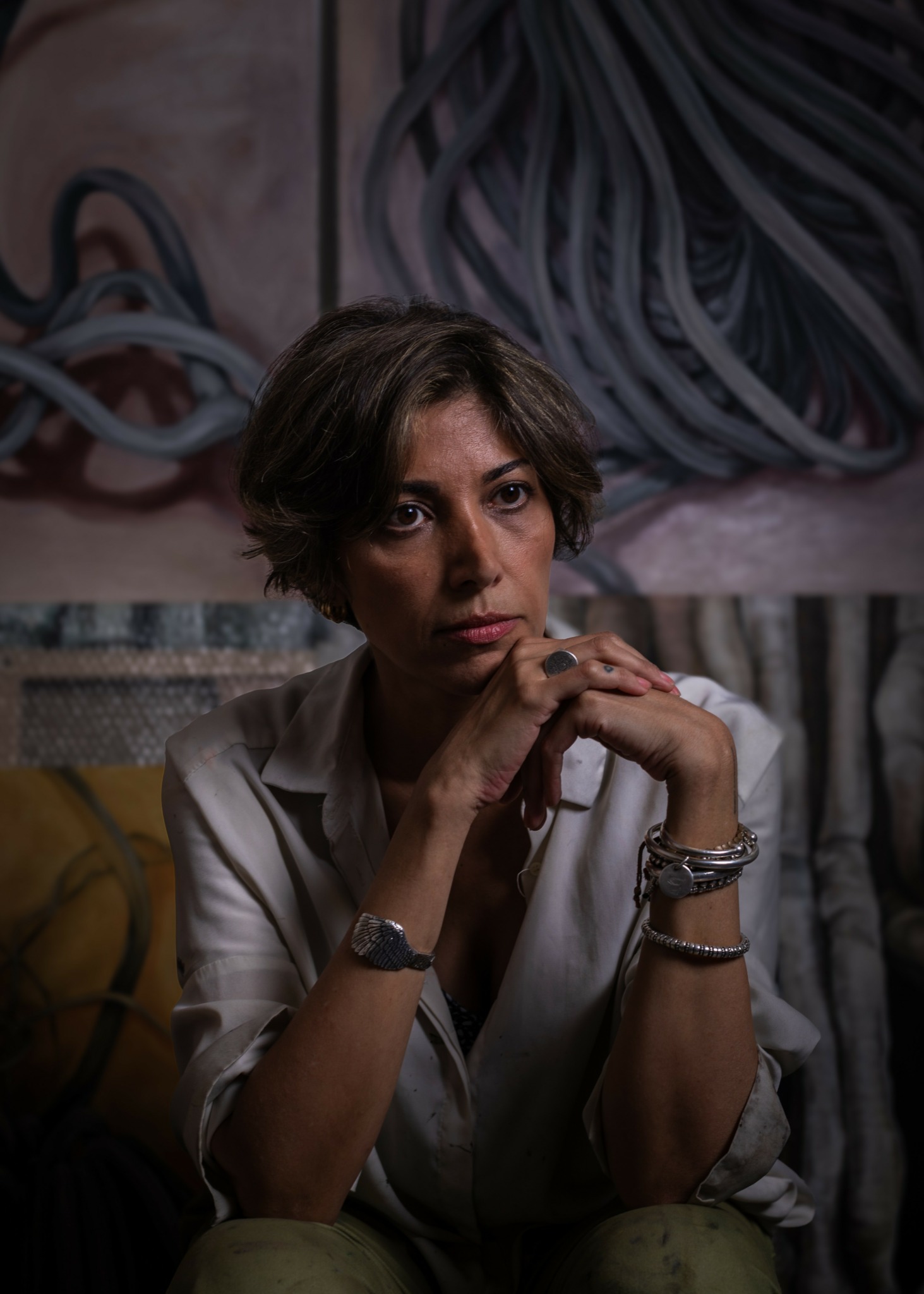We were lucky to catch up with Negareh Ayat recently and have shared our conversation below.
Alright, Negareh thanks for taking the time to share your stories and insights with us today. Did you always know you wanted to pursue a creative or artistic career? When did you first know?
The first time I truly knew I wanted to pursue a creative path professionally wasn’t so much a decision as it was an evolution. I grew up in an artistic family, surrounded by the sights, smells, and rhythms of creation. My parents’ studio was like a second home, a place of both experimentation and play where I could explore with freedom. Early on, I was captivated by the process, working with my own drawing board and becoming familiar with brushes, pastels, and oil paints in the midst of their projects. Art was woven into my daily life; it felt natural, even inevitable, to follow that path.
At fourteen, I began formal training, working with different techniques and materials at my art conservatory, balancing school projects with personal creations. This was where I first experienced the discipline and dedication that an artistic life demands—skills that deepened as I later studied art at the university level in Tehran. From there, I followed this passion to La Sorbonne in Paris, absorbing the rich culture and heritage around me.
For me, art never felt like a career choice; it was a calling ingrained in me from childhood. Being an artist was simply the most organic path I could imagine, a profession that felt less like a job and more like an extension of who I am.
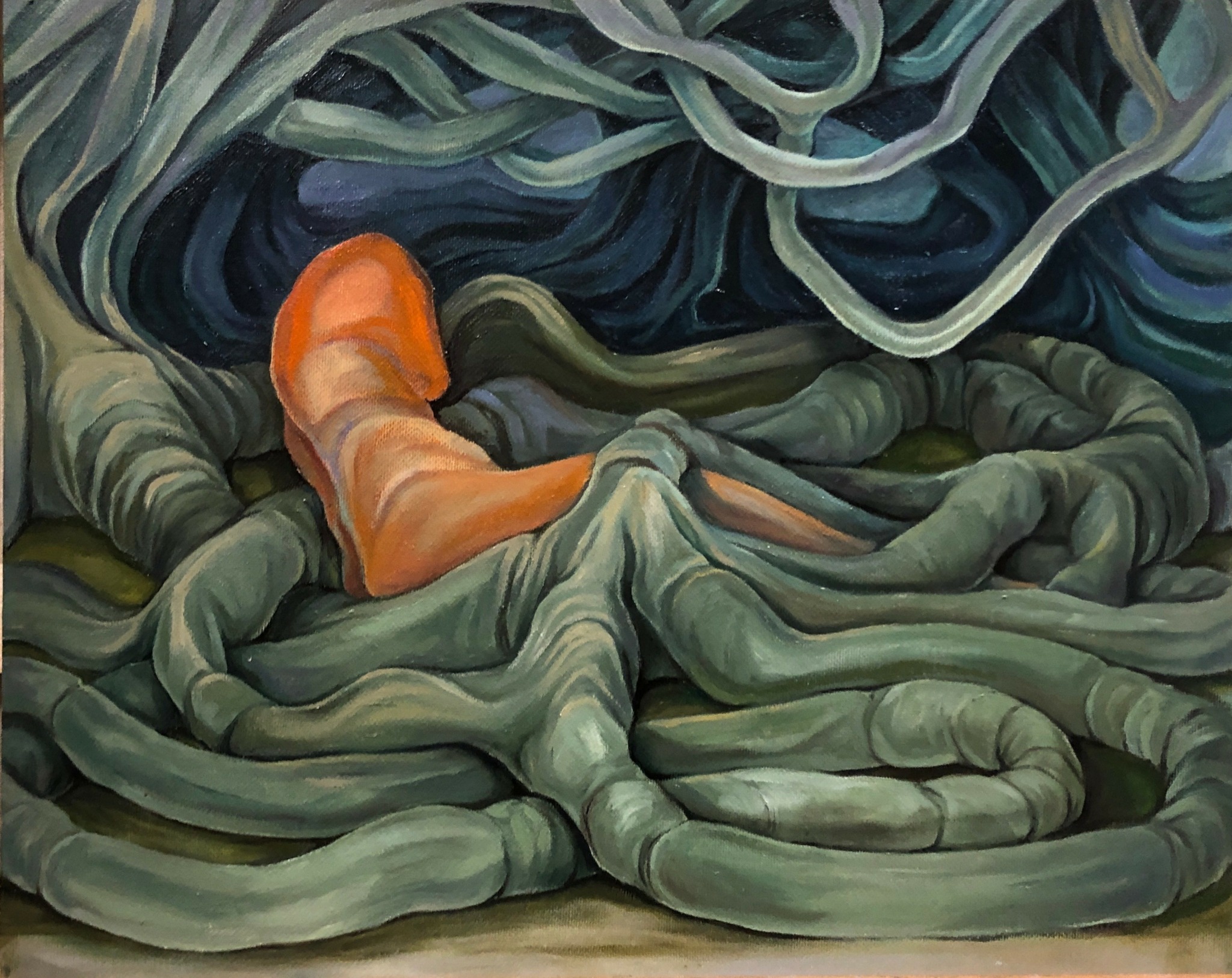

Great, appreciate you sharing that with us. Before we ask you to share more of your insights, can you take a moment to introduce yourself and how you got to where you are today to our readers.
Certainly! I am an artist whose primary focus is creating evocative and thought-provoking artworks on canvas. My journey into the arts began naturally, influenced by an artistic upbringing, and was later shaped by diverse professional experiences, including my time as an illustrator in a graphic design studio. Working in graphic design refined my visual language, sharpening my attention to composition, detail, and storytelling—all qualities that have deeply enriched my personal work on canvas and evolved the imaginary worlds I create.
In terms of themes, my work draws heavily on the organic shapes and forms found in nature, such as trees and botanical textures. But beneath the surface, my art explores more abstract, philosophical ideas, particularly concepts around multiplication and division, branching and rhizomic structures—ideas that reflect the cycles of life and death and the complexities of existence. Through this, I aim to evoke a deeper sense of life and connection for those who view my work, sparking questions about presence, absence, and the many forces that shape our world.
My creative process begins with selecting a central theme or message for each project, often choosing a concept that reflects opposing forces, like “absence” or “multitude.” After settling on an idea, I immerse myself in research, writing down my thoughts to crystallize the direction of my piece. With a clearer vision in mind, I move on to creating initial drawings and sketches, which help me refine the composition. Finally, I transfer the primary sketch onto a larger format, usually rendered in oil on linen canvas, where the textures and depth of the medium bring the concept to life.
What sets my work apart is this careful balance between the visible, natural world and the invisible, philosophical one, blending organic beauty with deeper contemplation. I want my work to resonate with viewers on multiple levels—visually, intellectually, and emotionally. My art invites audiences to engage not only with its form but also with the questions it raises.
What I’m most proud of is creating a body of work that remains both visually engaging and intellectually challenging. Through each piece, I strive to leave a lasting impact, something that lingers in the mind of the viewer, urging them to see the world with fresh curiosity and perspective.
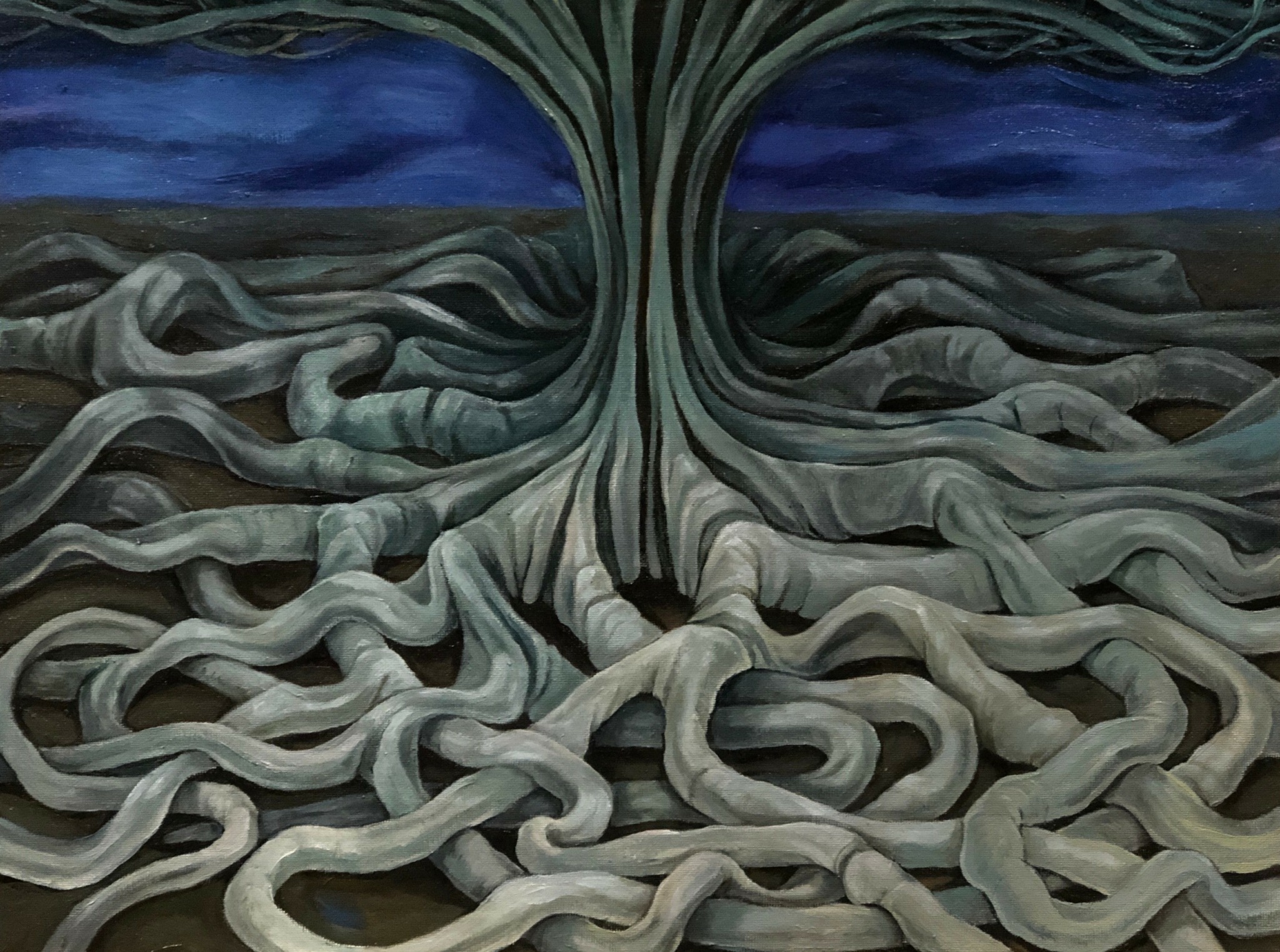
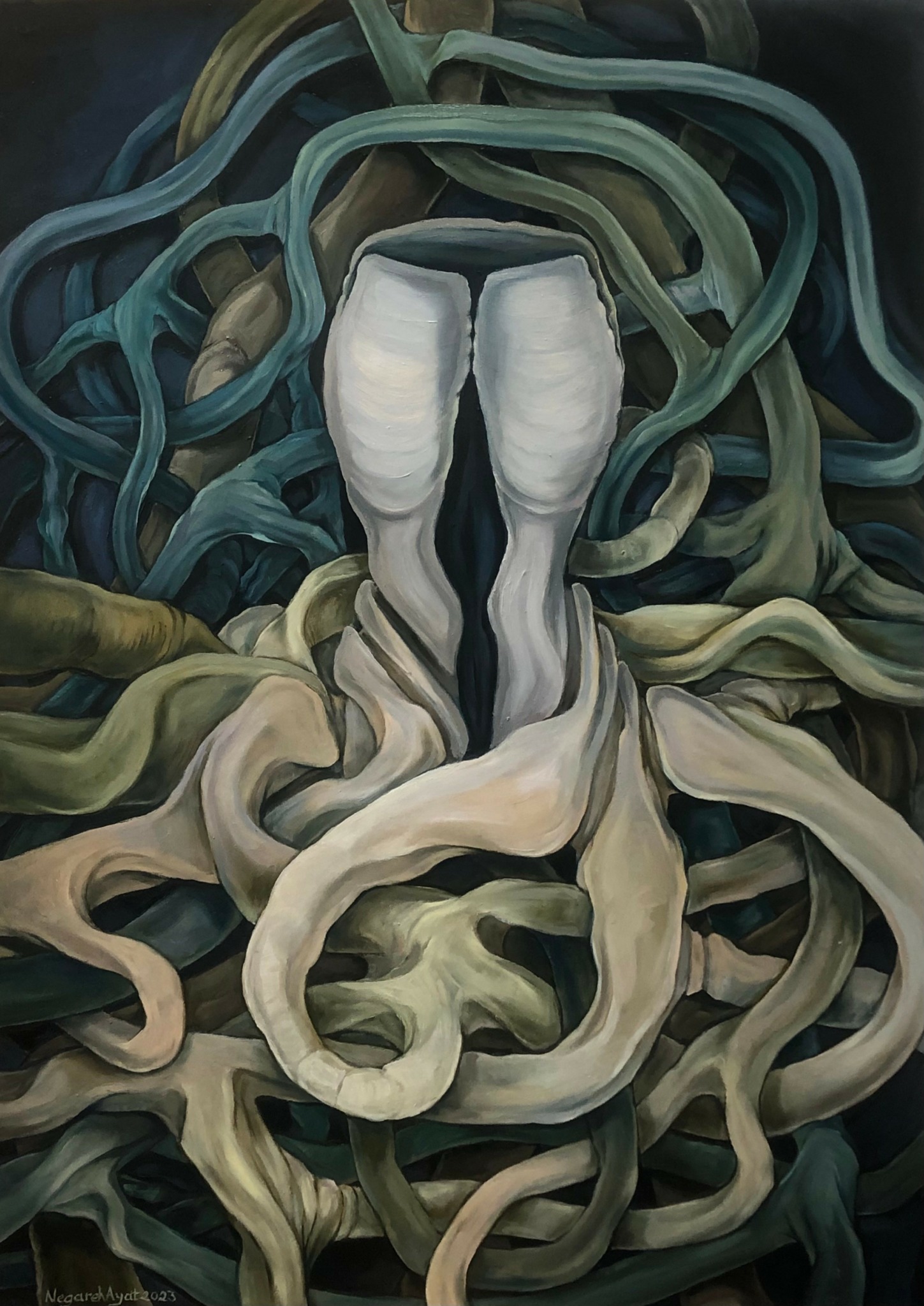
Let’s talk about resilience next – do you have a story you can share with us?
Absolutely. One story that captures the resilience required in my journey as an artist centers on my early years of establishing myself professionally. Perseverance, I’ve found, is the most crucial trait for success—not just creatively but also in finding ways to sustain my work financially and connect deeply with my audience.
Early in my career, I was faced with the challenge of making a living solely from my art, which meant not only producing pieces that resonated with my vision but also ensuring that they would resonate powerfully enough with viewers to inspire them to make a purchase. For me, success has always meant creating art that speaks to people on such a level that they feel compelled to make it a part of their lives. This, however, is no easy feat. It’s about crafting work that is both accessible and deeply meaningful, a balance that takes immense patience and determination to maintain.
I remember a period when I struggled with this balance, as my work was conceptually complex, which sometimes created a disconnect with potential buyers. I had to keep refining my approach, finding ways to express my themes more directly, without compromising the depth of my message. The process was often frustrating, but I was determined to develop a style that could connect with people on multiple levels.
This journey taught me that endurance and perseverance are not just about pushing through; they are about continually refining, learning, and evolving. I stayed committed to my vision, and over time, my work began to connect with people in the way I’d always hoped. The moment I saw viewers responding with not only appreciation but an actual desire to own my work, I felt I had reached a milestone. The resilience it took to reach that point has been invaluable, reminding me that true success as an artist is the ability to sustain your practice, both financially and emotionally, while creating a lasting connection with those who experience your art.

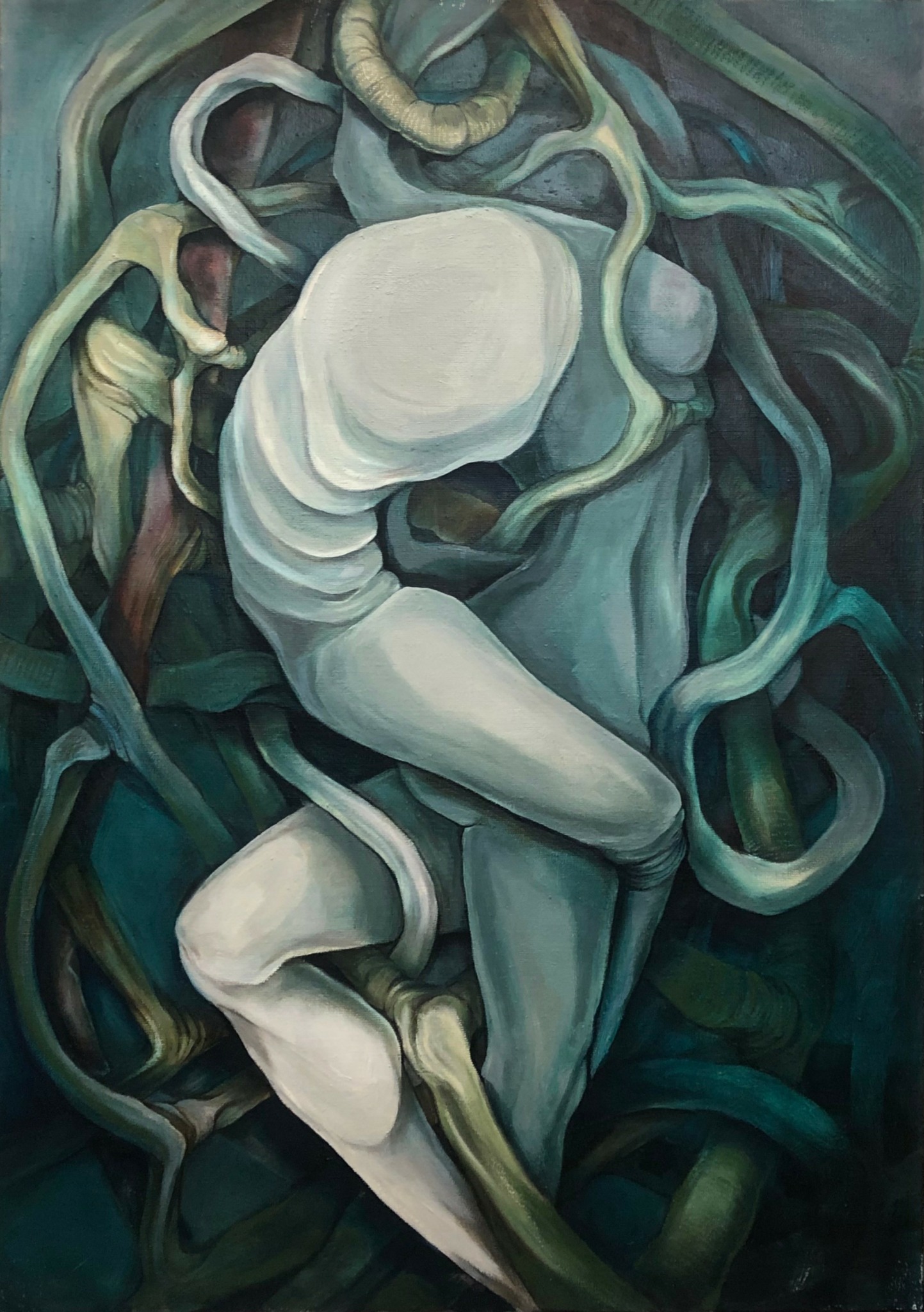
What do you find most rewarding about being a creative?
For me, the most rewarding aspect of being an artist is that my work goes far beyond personal fulfillment; it serves a greater purpose. Creating art nourishes me deeply—it’s a process that allows me to understand myself more fully and supports my own spiritual journey. Yet what is most meaningful is that my art becomes a way to transmit something of value to others, to share a message or emotion that makes life a bit more bearable, more beautiful, or thought-provoking.
Art, to me, is a kind of service, a way I can contribute positively to society by doing what I genuinely love. I believe that when my work resonates with someone—when it connects on an emotional level or offers a sense of peace or inspiration—it fulfills both a personal and a social role. It allows me to live my truth while, hopefully, giving something back that brings comfort or insight to others. Knowing that my art has the potential to enrich others’ lives in some small way is the most fulfilling part of what I do.
Contact Info:

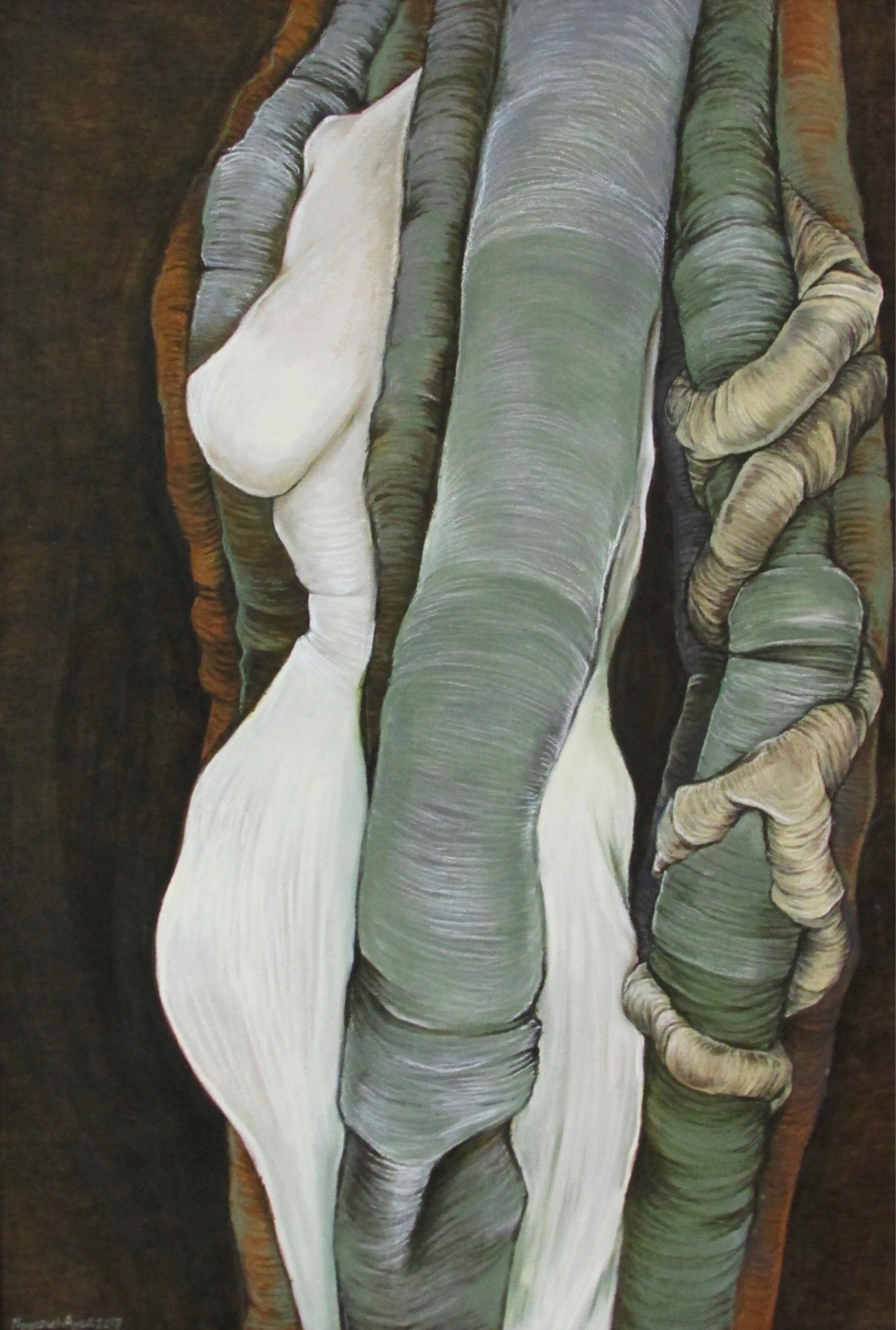
Image Credits
Negareh AYAT


